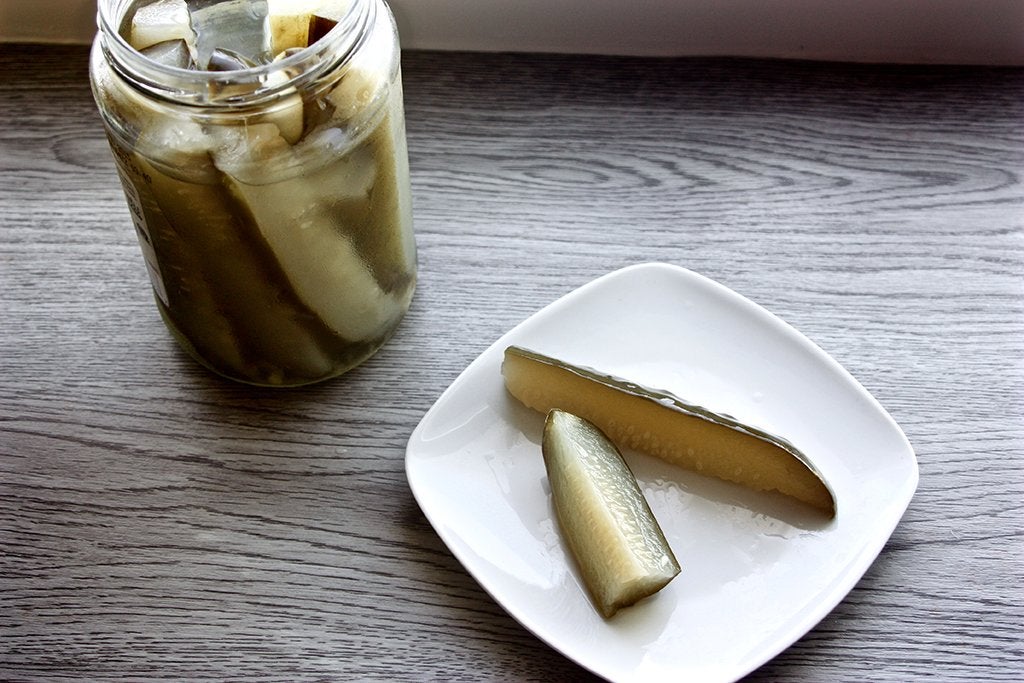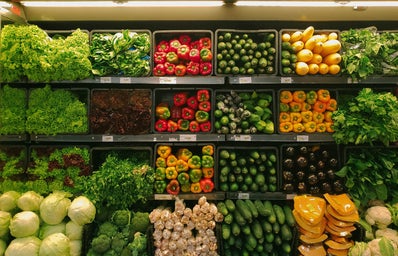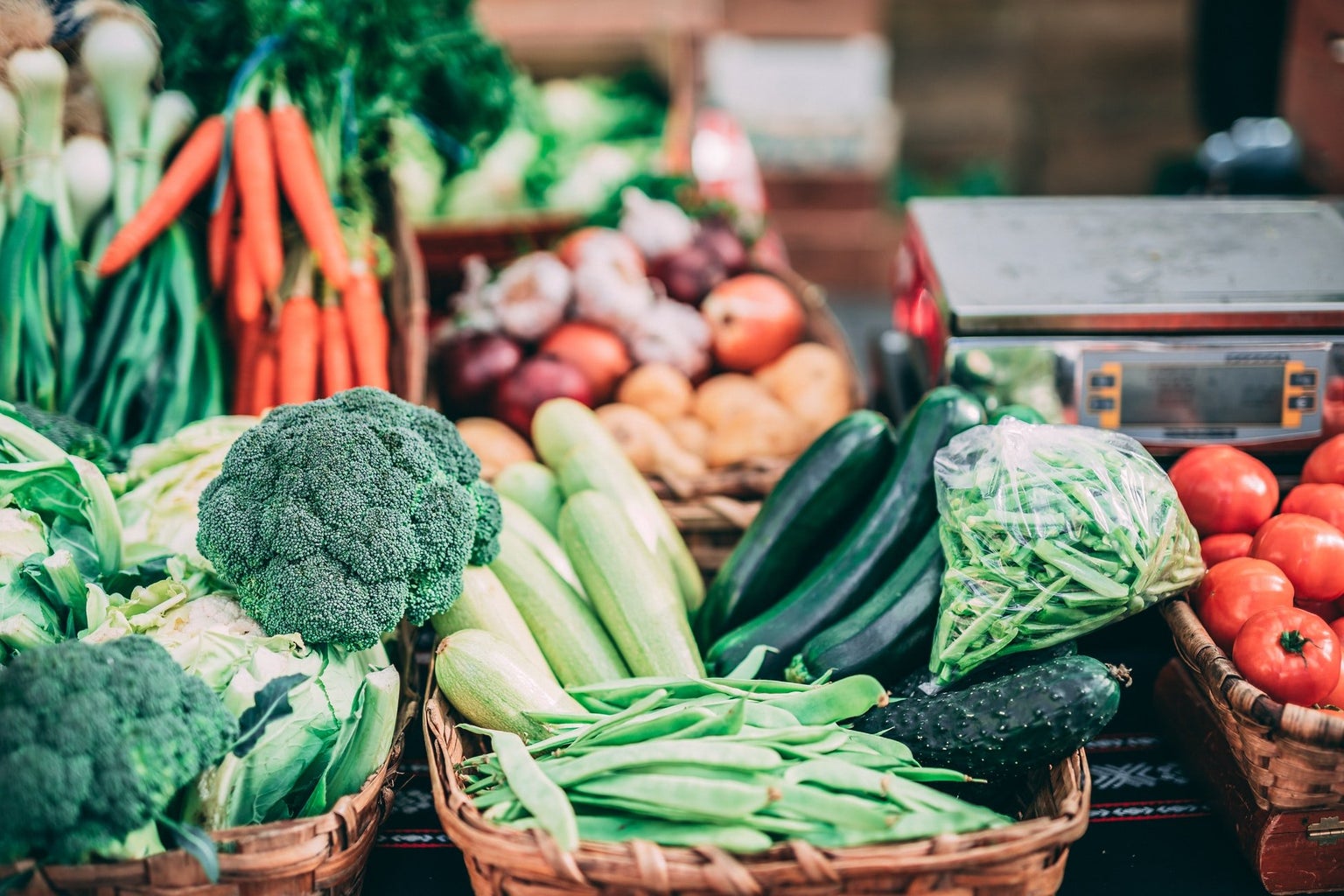Pickles. You either love them or hate them. Their signature tangy, salty, crunch can almost make your eyes water depending on the strength of the sourness. Me? I love them. And, I don’t just stop at cucumbers–pickled cauliflower, carrots, peppers, onions, cabbage, I’ll try them. Put any veggie in some salty water, with some seasoning and herbs, and let them ferment for a few days and I guarantee you they will taste ten times better.
My appreciation for these tangy vegetables only grew when I learned they actually have many health benefits. Studies have found that fermented foods, such as pickles, can increase the healthy bacteria in our gut and improve our microbiomes. I knew vegetables were good for me but was even more excited to learn that when they are pickled they can provide even more health benefits. So, I began my journey with at-home pickling.

I started by doing some research on how the process of making pickles actually works. I am a microbiology major so I was familiar with the process of anaerobic fermentation, or how bacteria metabolize nutrients in the absence of oxygen. Basically, by putting vegetables in a high salt concentrated environment, and an airtight jar, the microbes that are naturally on the vegetables can use fermentation to create the salty, sour, bubbly flavor on our pickles.
Once I felt like I had understood what was going on in those jars during the week when fresh cucumbers turned into salty pickles, I started my own jars. The process is quite simple so I can summarize it quickly here; however, if you are interested in doing your own pickling I would recommend looking up recipes to make sure your brine is the right ratio of salt and water. I started by getting some large mason jars, sea salt, various spices and herbs, and cucumbers. I then made my brine which is simply salt dissolved in water. I then layered the jars with cucumbers, spices, garlic, herbs, then more cucumbers. Finally, I poured the brine over my vegetables, leaving a little bit of space at the top of the jars. Then, to make sure that my vegetables were completely submerged I added a weight to the top and sealed the jars airtight.
The final part of making pickles at home is the simplest but requires patience. I placed my jars in a cool, undisturbed area for about a week. After a few days, I checked the jars for small bubbles which meant that there was a sign of life! Don’t be worried–these are the good bacteria that are making your vegetables extra yummy.
My homemade pickles were a huge success–they were delicious and I realized how simple the process was. Since then I have continued to make pickled cauliflower, carrot, red pepper mixes, pickled onions, and even sauerkraut (pickled cabbage). At-home pickling is a great hobby–you will be happy about the great snacks you make, but you will make your gut microbes even happier!
Can’t get enough of HC UMass Amherst? Be sure to follow us on Instagram, listen to us on Spotify, like us on Facebook, and read our latest Tweets!



